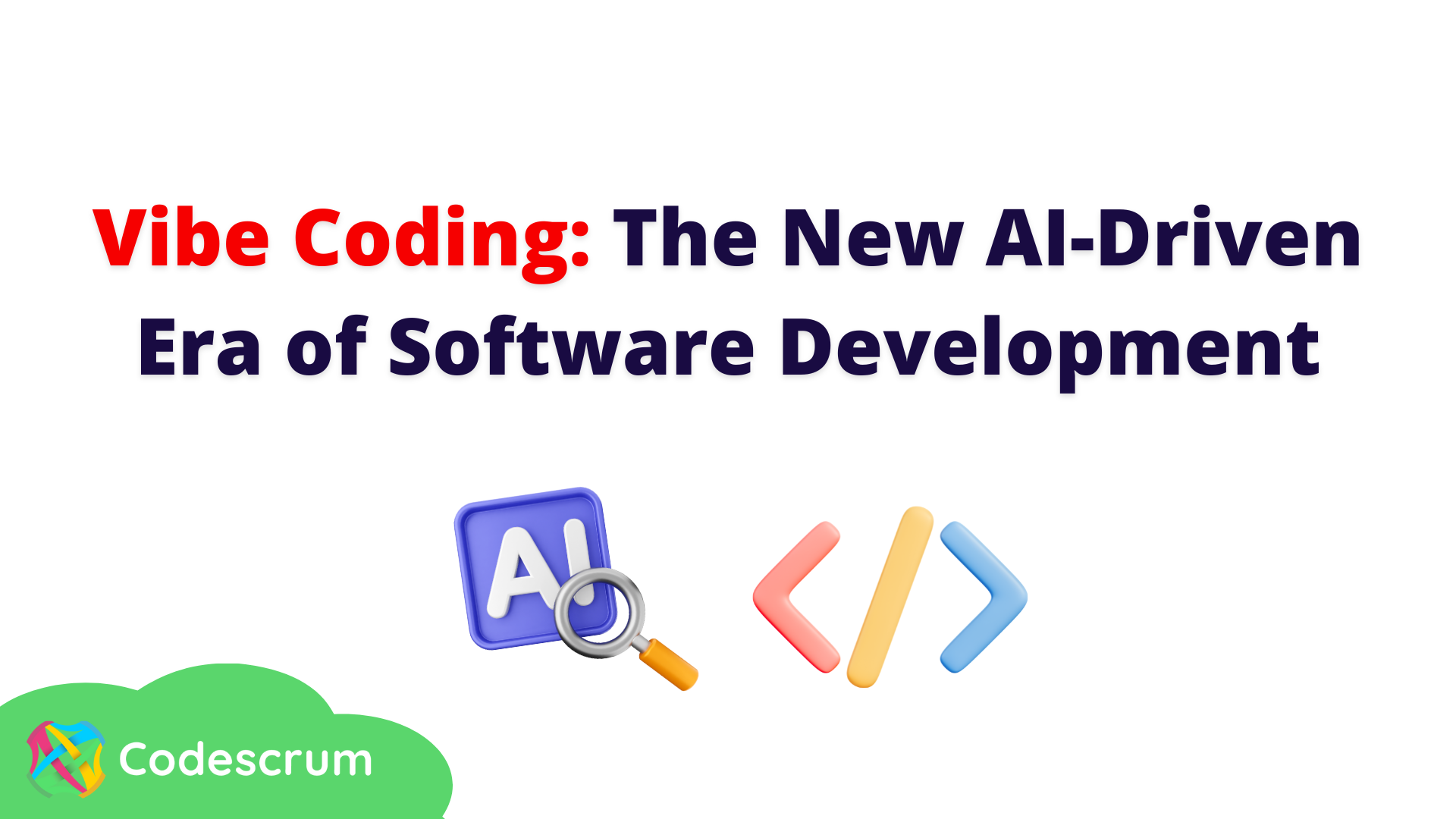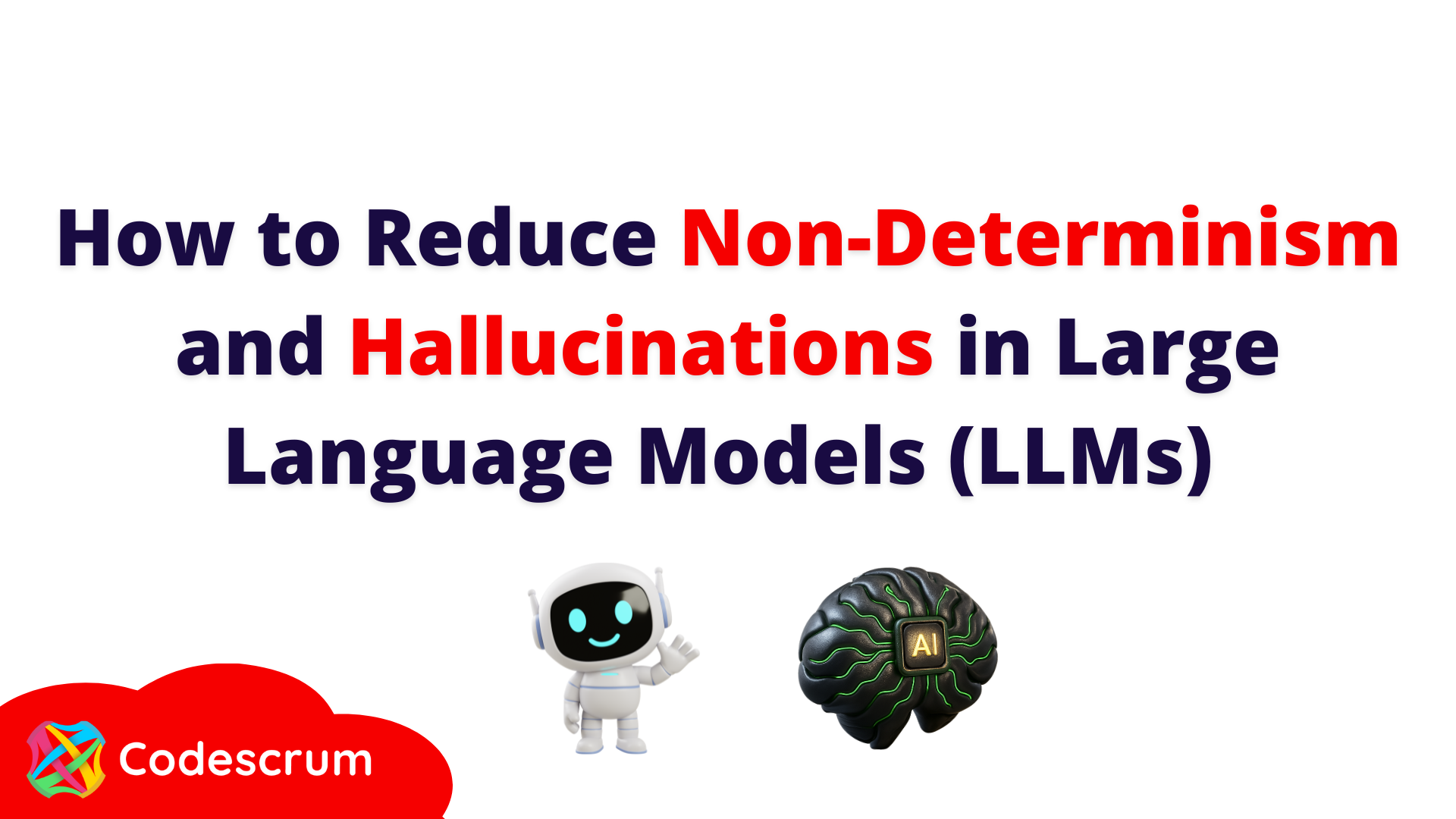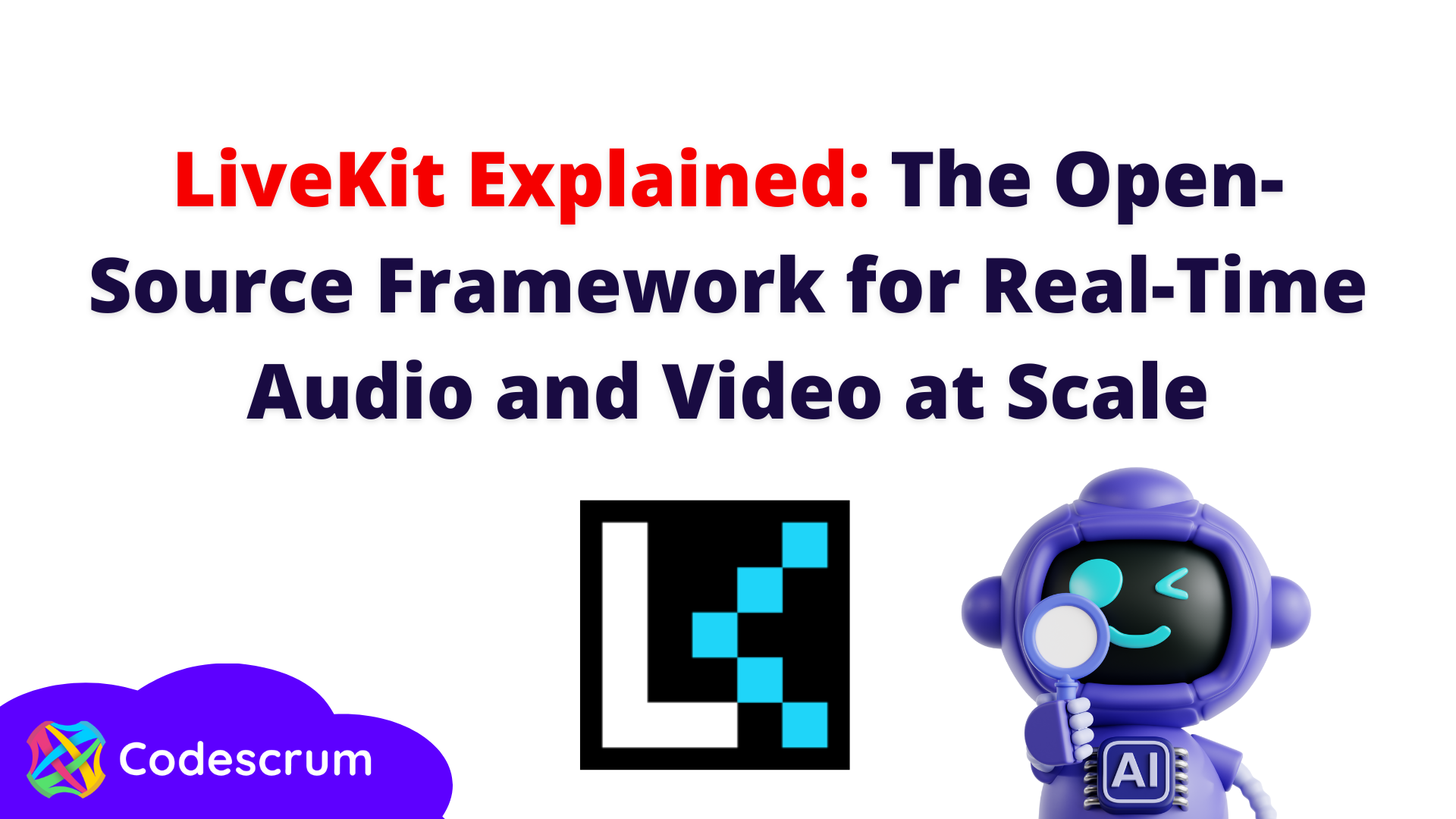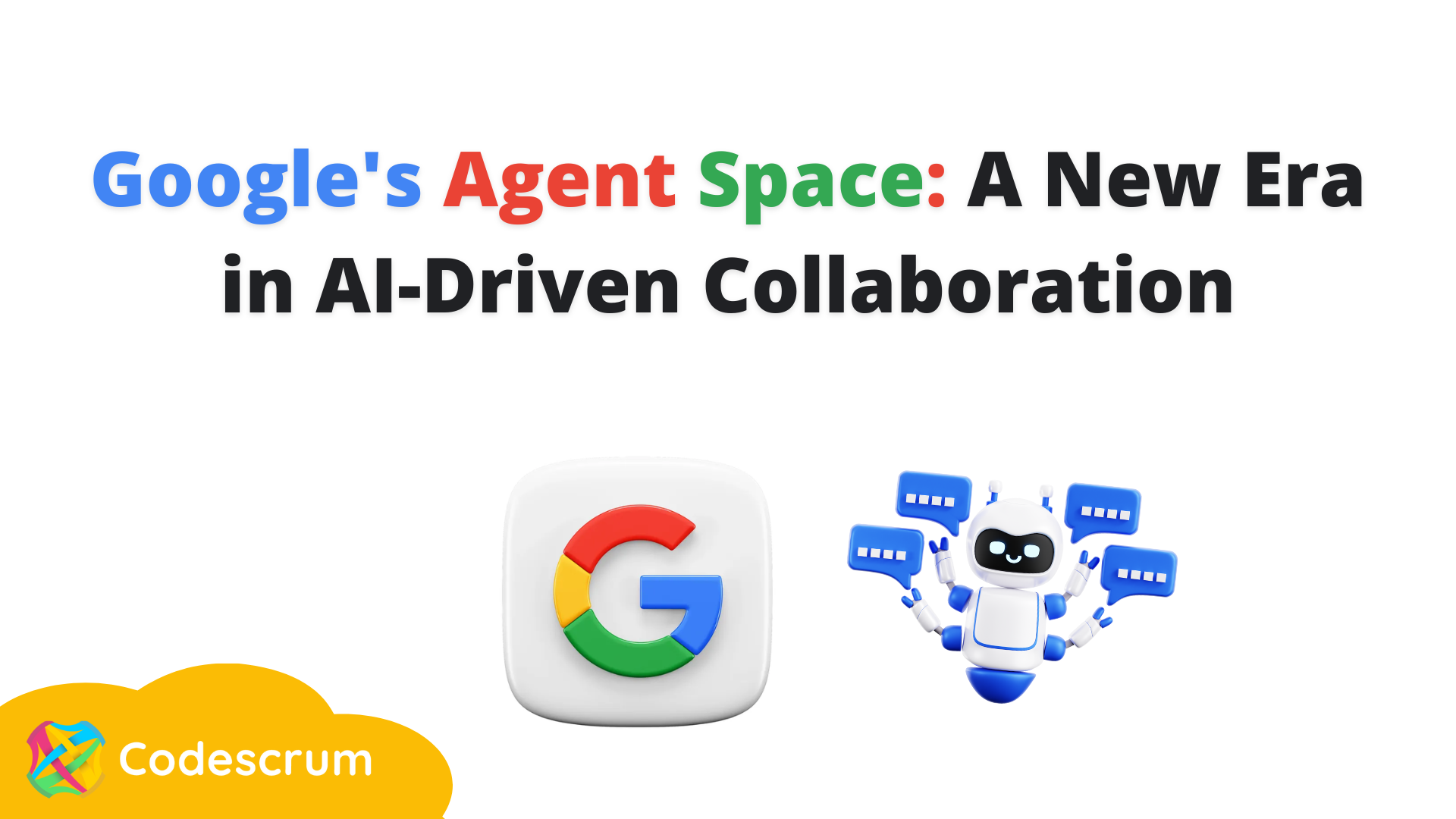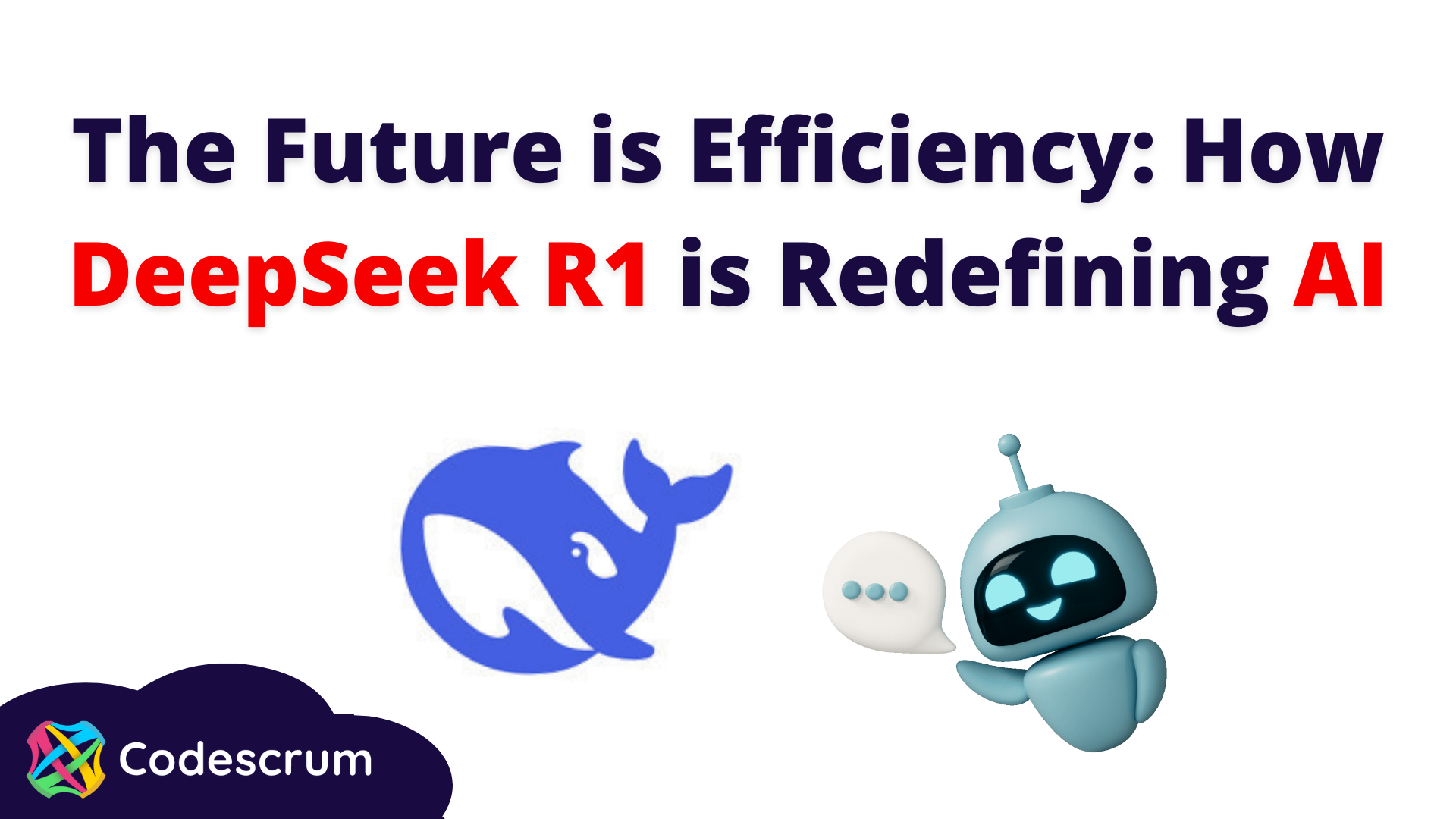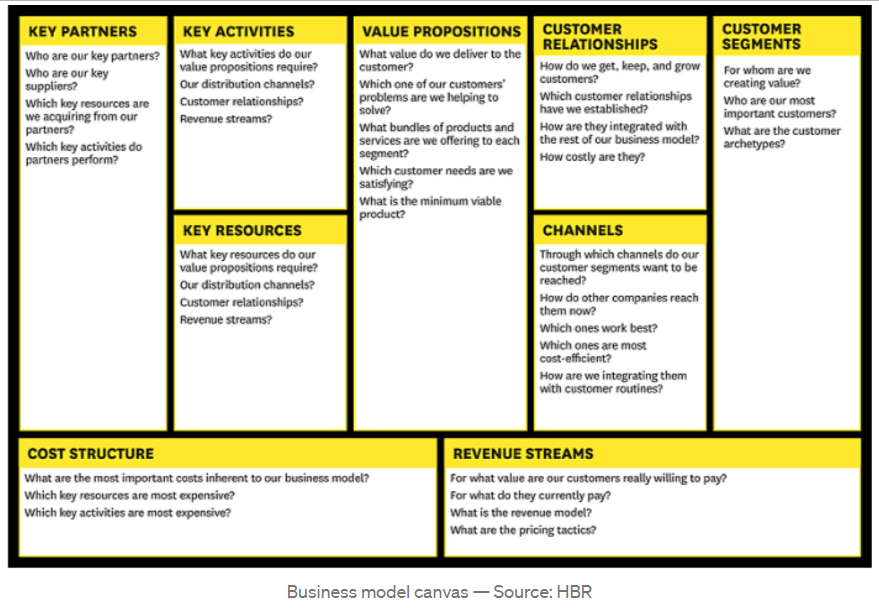How to Select a Business Model for your Digital Healthcare Startup
How to Select a Business Model for your Digital Healthcare Startup
The question of how to get the revenue out of your new for-profit idea in the healthcare industry scares lots of entrepreneurs away from the field.
To figure out if your idea of service or technology is needed on the market, and you have resources to make it work, you need to create a business model.
“Business models are stories that explain how enterprises work.” — Joan Magretta
Building a business model is often confused with choosing the right form of monetization (it’s a sore spot for healthcare startups, and we’ll talk about it here, too).
However, monetization occurs in the second third of the “story” of your startup. Business models help you to figure out everything. When you start creating it, you can choose a framework for your startup, a rail path you’ll put it on, and lead till you reach your destination (hopefully, revenue and customers.)
Let’s start with the components of your digital health startup’s story
Essentially, to build BM, you will have to answer questions about your future technology/service, your customers, and the way you’re going to work on the development of your product.
People use the business model canvas to formulate these answers.
So each of these nine blocks describes how a business runs.
You can see the problem: in the early stages of startups, people don’t know the answers to these questions — and have nothing better to offer than assumptions and biases.
To find a functional, commercially viable business model for a digital healthcare startup, you will have to start getting these beliefs, stereotypes, and knowledge, which has been heard or read a long time ago out there — and start ruthlessly challenging them.
The first step is to formulate a purpose for your business. For instance, it can be “help adults with ADHD,” “improve meds adherence,” or “improve mental health in employees.”
To follow the purpose with a hypothesis you’ll test with your canvas, for instance:
- “If we release an app that will connect adults with ADHD to their peers and get them educated about the syndrome, it will reduce their anxiety.”
- “If participants of clinical trials will be reminded of medications via app & can connect to their investigators, the medication adherence will improve.”
After have you figured out your hypothesis, start looking more at how your startup will create (assumed) value.
Don’t get attached to a certain technology to deliver your mission, as you might find out that it doesn’t fit your customers — and it will be easier to change it if you view tech as a method of delivering value, not a value-holder.
Next question: who are your customers?
#1. Business-to-business startups (B2B): if you sell other businesses (hospitals, clinics, insurers, CROs, etc.) products and services that help work better. For instance, automation software for hospital administrators, scribing software for doctors, tracking systems for bed management, etc.
In this case, customer segments you need to research will be
- Buyers: stakeholders that don’t use the tech, but purchase it
- Users: people who’ll use this software; all of them.
#2. Business-to-business-to-customers (B2B2C): if you sell tech that helps other businesses work more efficiently with their customers, e.g. telemedicine software, apps for clinical trial retention, patient portals, and so on.
Your customer segments here:
- Buyers
- Users on the business side (in hospital, clinic, etc.)
- Users on the customers’ side (patients, trial participants)
#3. Direct-to-customer (D2C) startups: if you sell apps or software right to the end customers — to your user. So you have one customer segment.
But that’s on the high level. Each customer segment needs a different value proposition.
#4. For both B2B and B2B2C: your product should come with a model of integration/adaptation into the organizations you’re selling to. Healthcare stakeholders (buyers & insurers) are often hesitant to adopt new technologies exactly because they, while being advanced and helpful in a vacuum, don’t fit into infrastructure. They rely on unfamiliar technologies, disrupt care processes for too long to consider installing them, and so on. Just cool tech is simply not enough.
In the case of B2B2C, they’ll need your product to be valuable for their patients.
This is why you have to create tech that will be comfy, useful, and robust — for all the parties involved. The more people you want to get to use your product, the more additional knowledge about them, you have to obtain to build a product that they would want to pay for.
To figure out the right value proposition to address your customer segments, know exactly how your product will ease their pains/improve their operations, jobs, lives, and so on.
What if I already have a health-tech solution and just want to sell it?
Often people with technical backgrounds create technology first and then think about the market, customers, and all these things.
For instance: “I think my health tech X, solves the problem Y1, for people Y2 [your customers], who will be ready to purchase it for Z [the sum you’d like to get].”
You can ask people’s opinions (from the target audience) and ask people to register for a demo (if the technology is ready), or just release with a free trial for a limited number of people and ask them what they think.
Some monetization models
One-time sale/Perpetual license. They buy your software or device, period. It’s a one-time deal.
Subscription licensing. You sell software/devices and get your renewal money each year, each month, or after a certain “expiration date” established in the contract. The monthly option is a good way of selling to small clinics that can’t pay you a full-year sum at once. This can include a free trial.
Freemium. Freemium works here as it does in D2C startups. Hospitals download your software, you provide a range of services for free — and give them an option to upgrade for additional, advanced functionality if needed.
Pay-per-use. Good for early-stage medical device startups: you’re giving clinics new experimental tech/software and charging them on an hourly basis or with a fixed sum for each user.
The main goal of creating and testing business models through canvas is to understand if your idea is doable, wanted, and viable.
While building a business model for your startup, you will need to reduce the risks of failure: the risks of not fitting into the market, not being able to develop a technology, running dry, and so on. Your job is to figure out which sector of the canvas you need to re-examine to make your idea viable; to find your growth and pivot potentials.
From Codescrum, we are working on different healthcare projects. If you would like to know more, don’t hesitate to contact us! — Be an early user with great benefits — [email protected]
